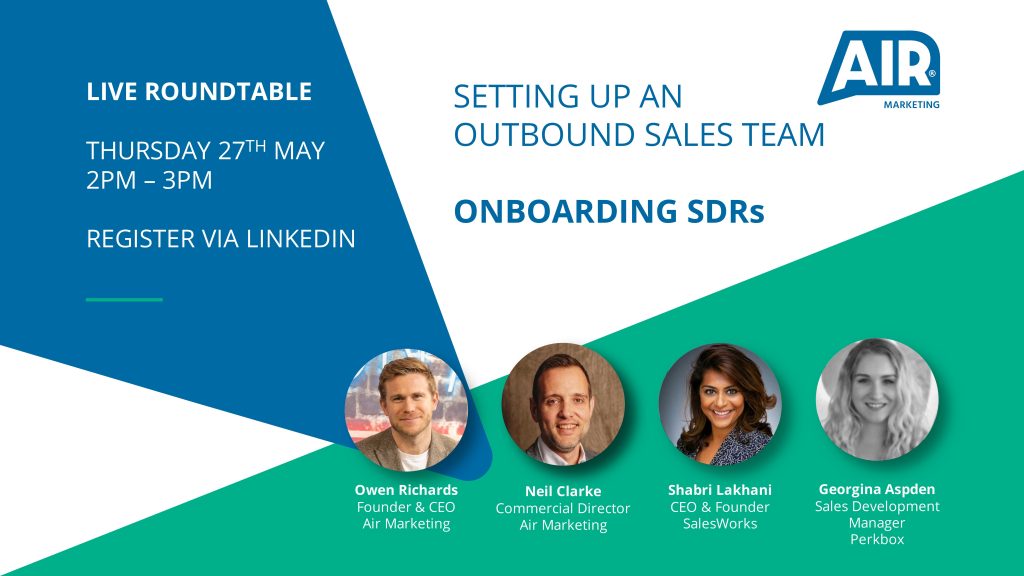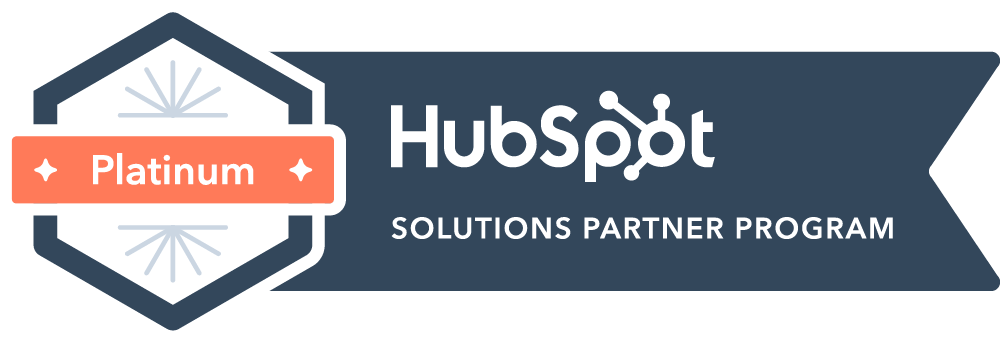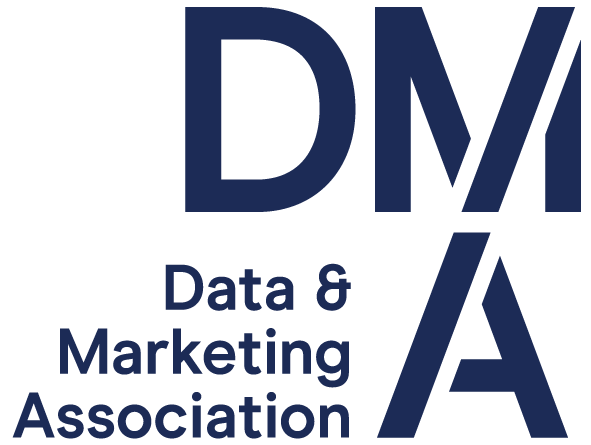In sales, data can make or break your campaign. If your list is too generic, you could burn through time having irrelevant conversations, too narrow and miss out on valuable opportunities that fall just outside your perceived ideal target.
Your data strategy matters; done well, it provides a blueprint and foundation for your organisation’s success. Your data strategy should determine who your business is talking to and where you drive awareness of your products and services. It’s a powerful driver for the direction of your business and where you want to be, so it’s worth investing time in it.
How you build your lists will depend on various factors, including your salespeople’s autonomy and experience, whether or not you use data insight or sales tools, and factors such as your deal sizes and target audiences.
You may have a well-defined ideal client profile, or you might still be trying to figure it out. Wherever you are on that journey, and while perfect data doesn’t exist, there are key approaches you can take to make sure you’re eliminating who you can’t sell to, and you’re fishing in the right pond.
Think about your total addressable market. What does that look like? It might be broader than you’ve considered, or you may have plans to break new markets. Are you successful in the demographic where you currently expend time and effort, or has the success been organic rather than based on any market insight?
There are simple surface-level observations you can make; if you’ve failed to gain traction in a particular market or with a specific group of decision-makers, there may be reasons. Say you have aspirations to land contracts with large corporates, if you regularly encounter objections to sale or periodically lose out to larger competitors, it could be as something as simple as you’re not on the preferred supplier list or don’t fit a procurement profile. Perhaps it’s more challenging to engage your services, so regardless of the quality of your pitch, you’ll struggle to get a foot in the door. But in smaller or mid-sized companies with different buying behaviours and traits, you’d have far more success.
When you’re buying data, some nuances can completely skew the entire focus of your dataset, especially when selecting the right decision-makers. It’s wise to think laterally and consider the minor but significant differentiators. It’s the difference between targeting IT management in mid-sized pharmaceutical companies but not including business owners where no IT leader exists: you could be missing out on vital conversations with founders and owners with a requirement for your services or misjudging where the buying power sits. Similarly, suppose you’re running a programme targeting major financial services companies and don’t specify head office / corporate HQ. In that case, you could contact branches with large numbers of staff but have to defer to the main group for purchasing decisions.
Being too niche
Every business has reasons for being very targeted. Some are justified, some haven’t thought too deeply about why and some don’t know! If you focus solely on large enterprises, you may be reaching (on average) one-two relevant decision-makers a day. Again, how do you judge company size on revenue or number of employees? Some start-ups have incredible profitability per employee and actual buying power thanks to investment; it’s not worth passing up those conversations just because they might not fit into a narrow paradigm of ideal client profile.
Accessing quality data
It’s a fact that data ages quickly, with senior leadership changes, mergers and thanks to the pandemic, more businesses going remote and keeping on fewer offices. You can expect some data dilution; even the most reputable data providers cannot guarantee perfect data.
You can empower your sales teams with tools that can enhance their research ability, which helps them build compliant, accurate and integrated lists in real-time. Many powerful tools on the market, like Lusha, Cognism and HubSpot, can accelerate prospecting efforts and drive a better culture around data. Especially in businesses where sales teams have greater autonomy and ownership overbuilding their prospect lists.
Equally, there is an argument that sales teams that are researching and refining their client lists are spending less time at the coalface, actually selling to and speaking to prospects. If your product is high volume and a relatively straightforward sale, spending vast amounts of time researching and gathering insight might not be the right approach.
Finding the balance
Sales leaders should own and drive data strategy. How you build your data lists centrally helps you set a strong direction for your team. You can churn data and fail fast, using data analytics to help you shape and improve your targeting, or instead use a centrally built list as a foundation and refine using sales tools and desk-based research. There’s no right or wrong approach. Some of this preference is driven by your sales culture and your own experiences but provided you’ve invested time and consideration into your data strategy and how you build your prospect lists, you’re in a great starting place.
If you’d like to discuss your data strategy, we’d be happy to help. Call our Client Operations Director, Shaun Weston, on 0345 241 3038 or email shaunw@air-marketing.co.uk.







